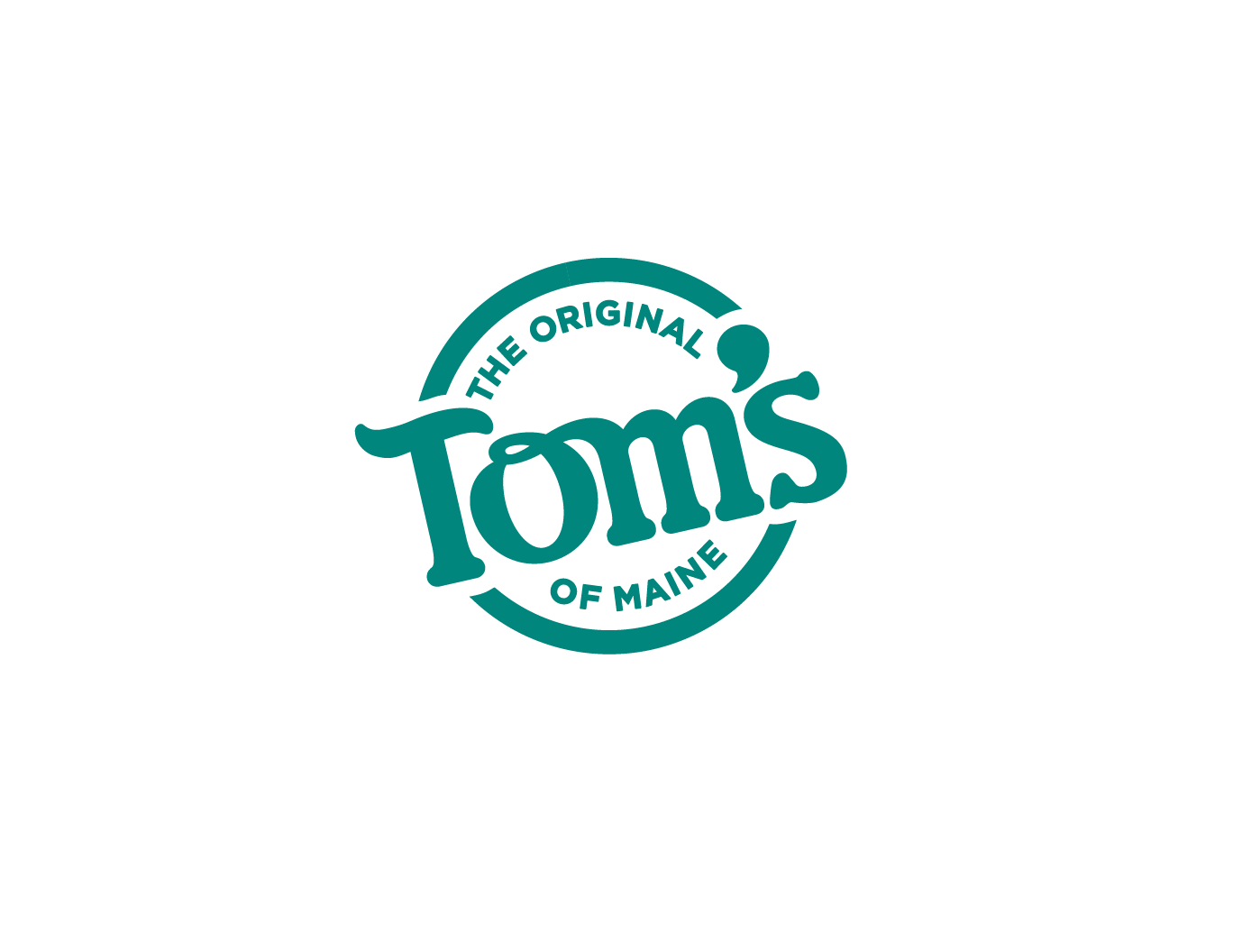Why It's Good
An important step in understanding personal care product labels is learning the difference between "natural" and "organic" and the regulation behind each term. You should also feel comfortable reading ingredient labels to determine if they meet your own definition of natural. A small amount of research before you go shopping can help you feel confident choosing the best products for your family's needs.








